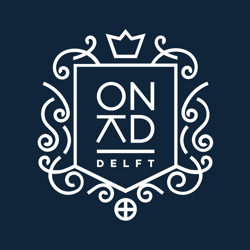1579 – ✝ 1630
Johannes Stalpaert van der Wiele
After the Eighty Years' War (1568-1648), Protestantism became the dominant religion in the Netherlands. The Iconoclasts had violently stripped all churches of images of saints. Catholics were forced to meet in hideaway churches. Poet, lawyer and priest Johannes Stalpaert van der Wiele stood up for them.

Fierce poet
Johannes Stalpaert van der Wiele was born in The Hague. He was educated in Leuven and Rome and became pastor of Delft in 1612. Van der Wiele was also an avid poet. He wrote numerous hymns and spiritual songs, in which he sometimes lashed out fiercely at reformers such as Martin Luther and John Calvin. Van der Wiele became one of the most important Dutch writers of the Counter-Reformation.
Secret church
In Van der Wiele's time, Catholic believers were not allowed to meet in public. He therefore set up a so-called 'hidden church' on the Bagijnhof, which is still in use today. Behind a seemingly average façade, you could still experience your faith.
Statue
After Van der Wiele's death in 1630, he was buried in the Oude Kerk. In 1962, Arie Teeuwisse made a statue of him. It still stands on the Bagijnhof, near the church where Van der Wiele used to preach. Teeuwisse also made the statue of the bagijn Geertruyt van Oosten, which can be viewed next to the Oude Kerk.
Discover more about Key Characters
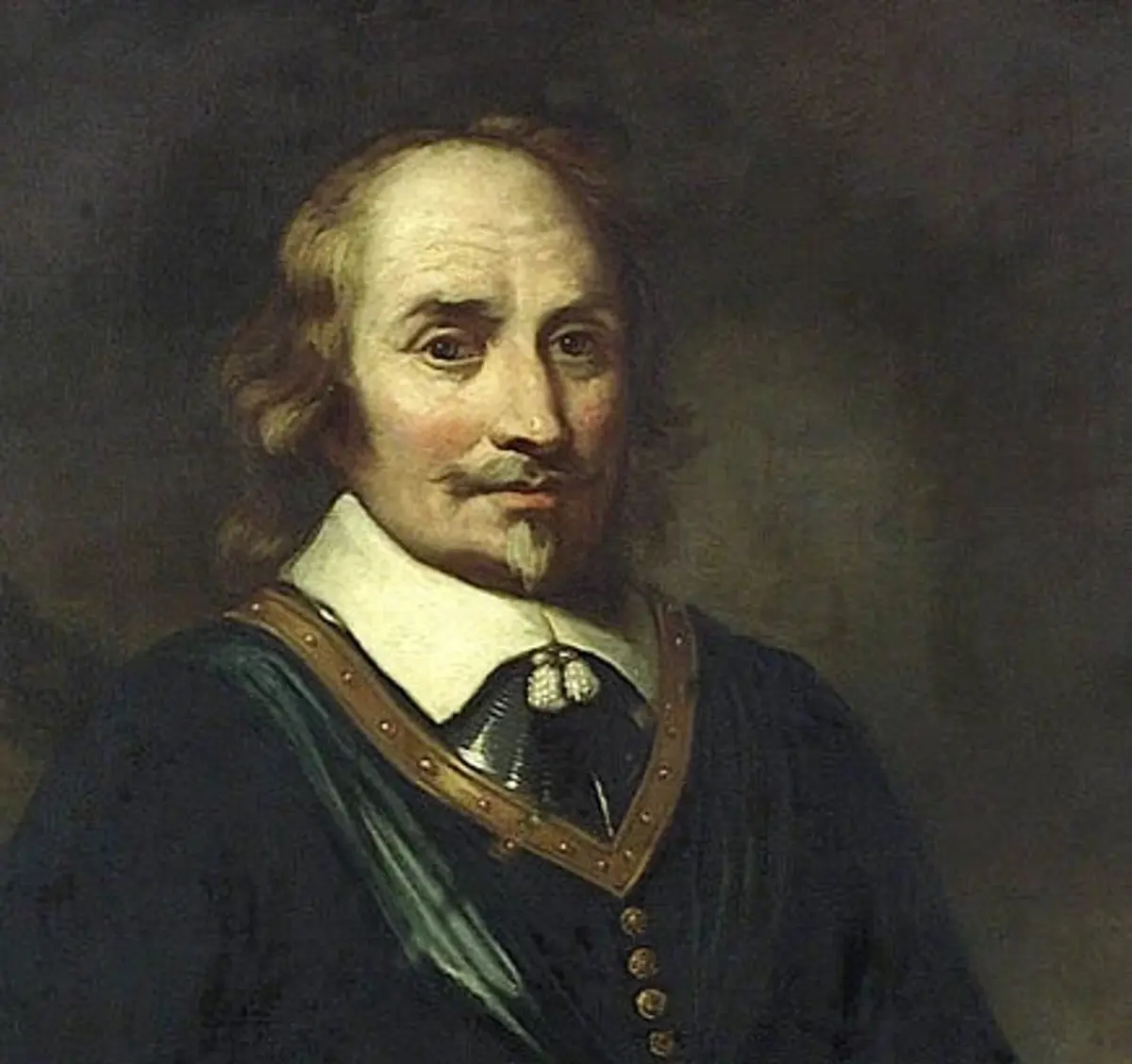
Maarten Tromp
Maarten Harpertszoon Tromp is perhaps the most notable naval hero in Dutch history. At a time of international tension and increasing world trade, he served alternately in merchant shipping and the navy. From there, he worked his way up from ship's boy to commander-in-chief.
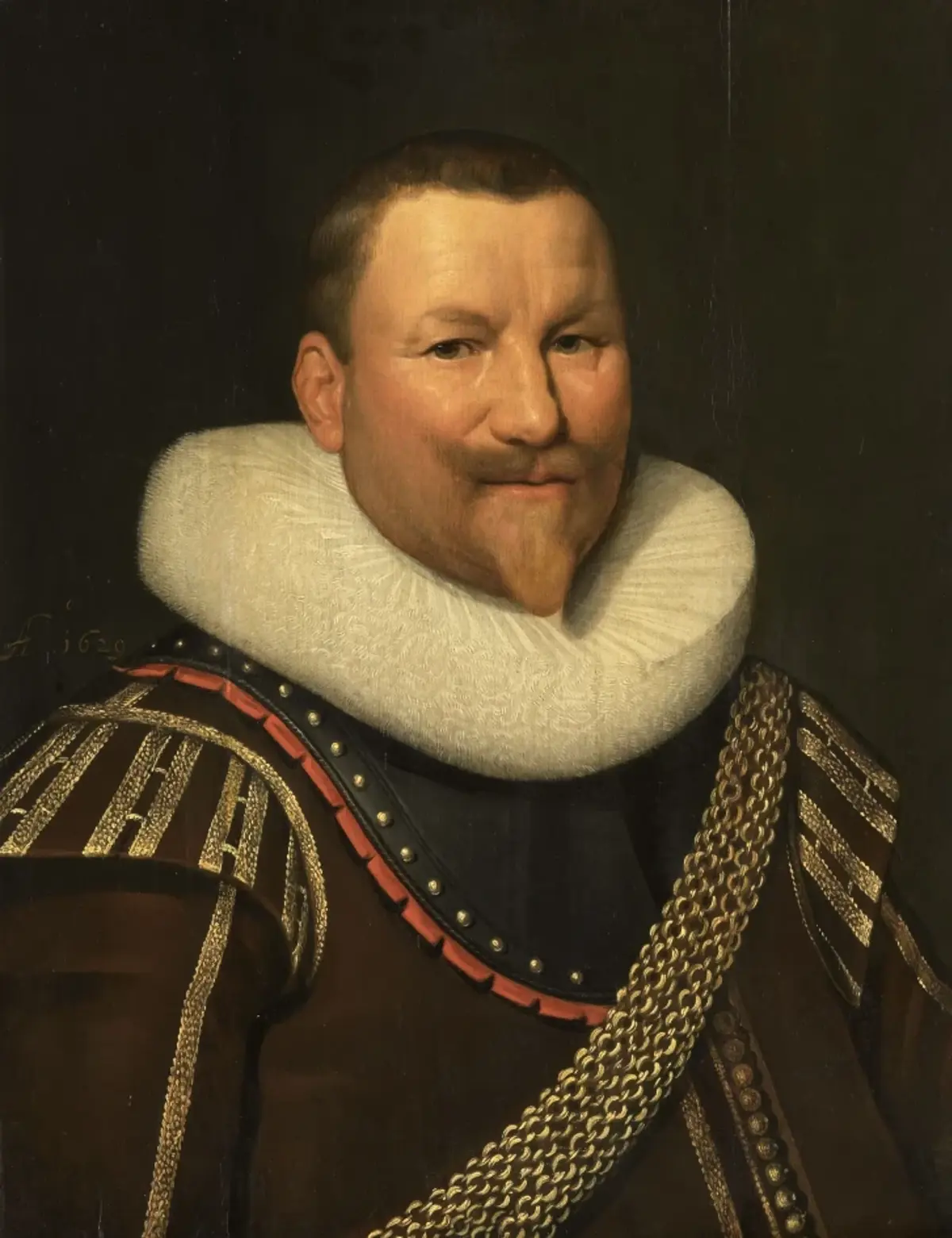
Piet Hein
'Piet Hein, his name is small, his deeds are great, his deeds are great, he has won the Silver Fleet ...' The triumphant lyrics of the famous song about Piet Hein. In 1628, he hijacked a very valuable sea transport from the Spanish ruler, making him one of Holland's most famous naval heroes.
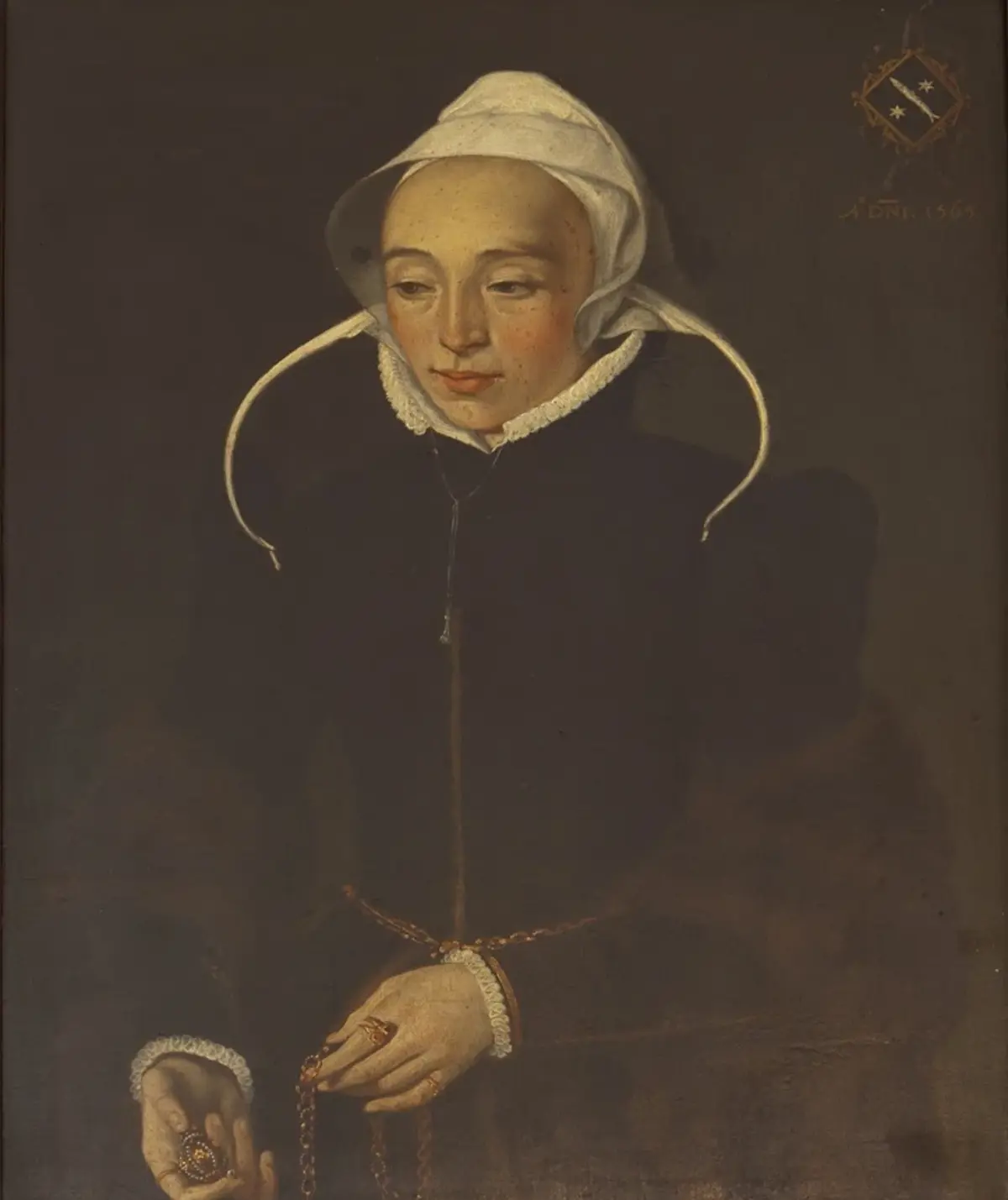
Clara van Spaerwoude
Clara van Spaerwoude is inextricably linked to Delft history. There is even a Delft street named after her. Van Spaerwoude became best known for her enormous inheritance, which she distributed in the form of wedding gifts. Until over three hundred years after her death, she used them to make many couples happy.
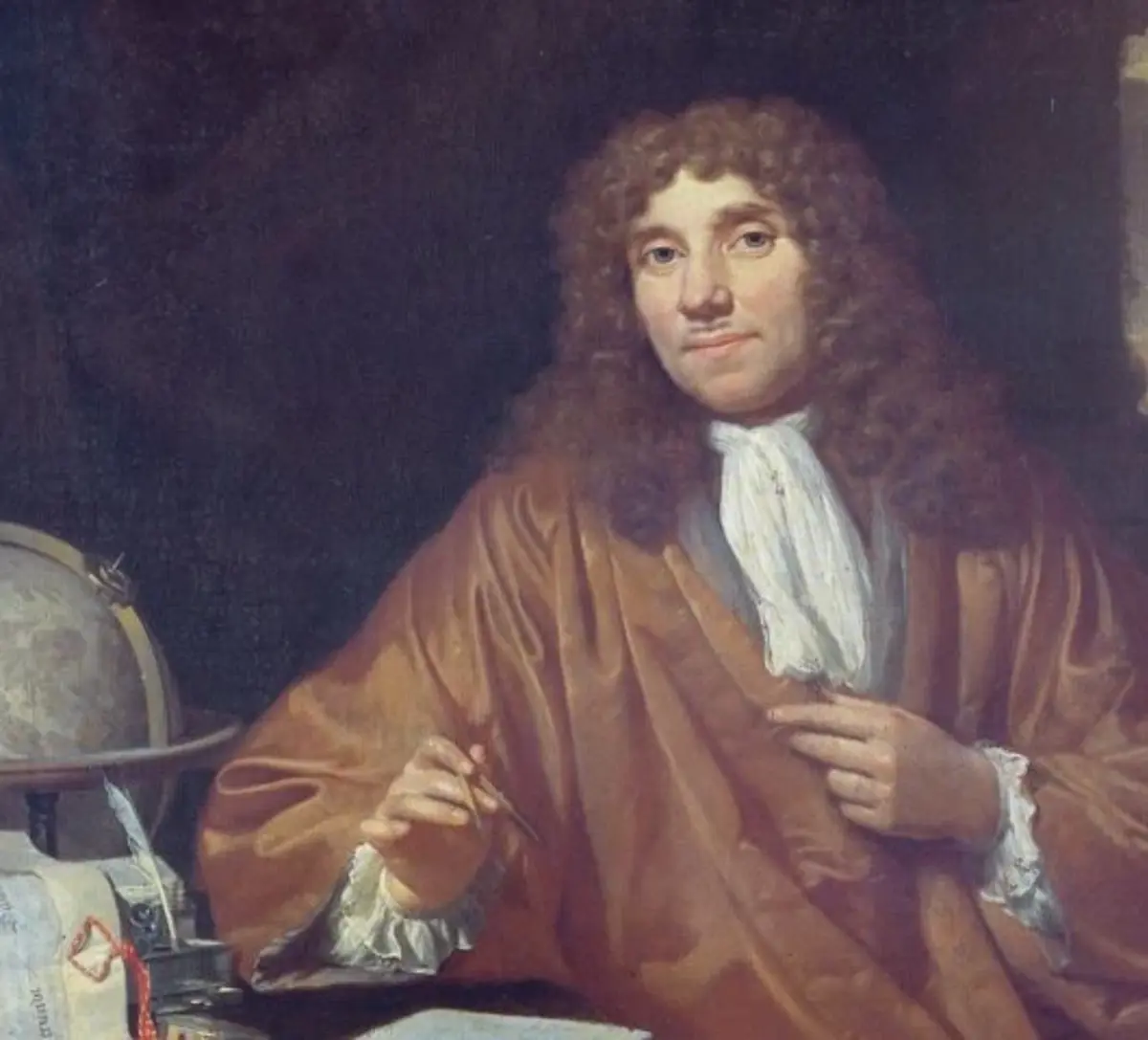
Antoni van Leeuwenhoek
Antoni van Leeuwenhoek is best known as the man who improved the microscope. However, he also made several progressive scientific discoveries. Still today, this pioneer is respected for his extraordinary achievements as an inventor and researcher.
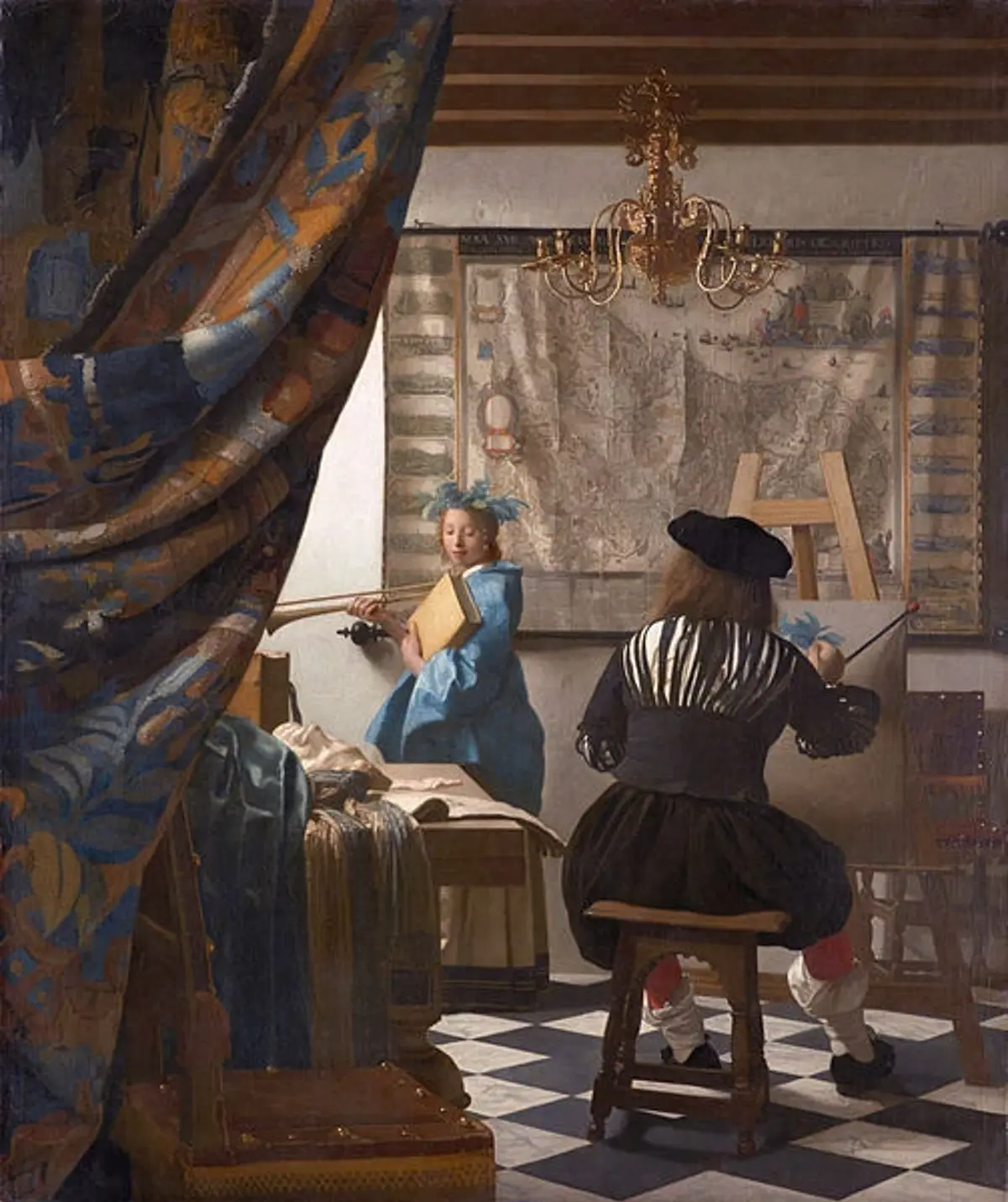
Johannes Vermeer
The 'Master of Light', 'Sphinx of Delft', or Johannes Vermeer, is perhaps the most famous painter in Dutch history. With his unique works, in which the stunning rendering of sunlight is particularly striking, this Delft native achieved international fame. However, Vermeer died as a pauper ...
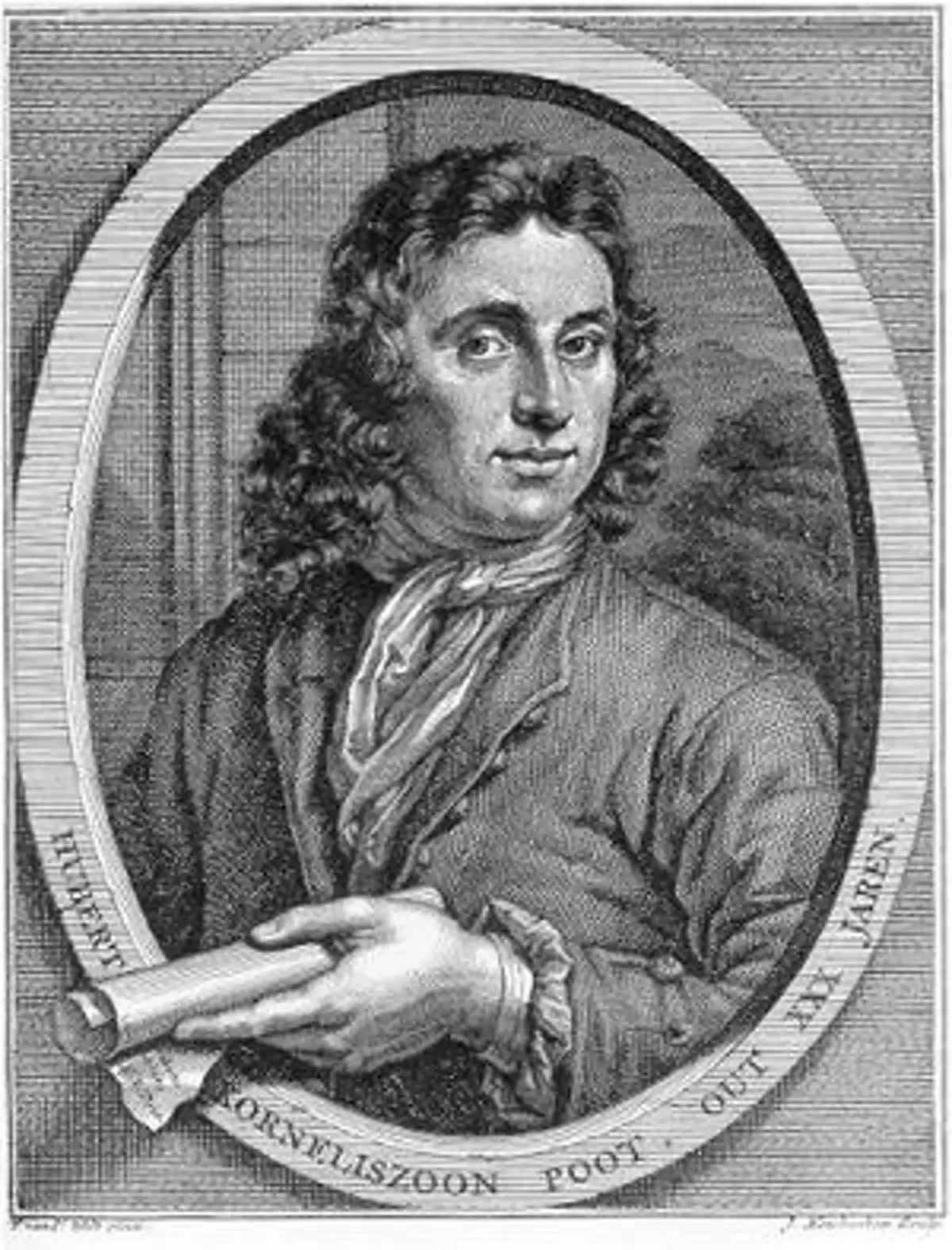
Huibert Poot
'How satisfyingly rolls the life, of the rested lanterman, who would give zyn blissful fate, however small, for no king's crown!' So reads the beginning of 'Akkerleven', by poet Hubert Korneliszoon (Huibert) Poot. Thanks in part to this poem, Poot acquired an indelible place in Dutch history.
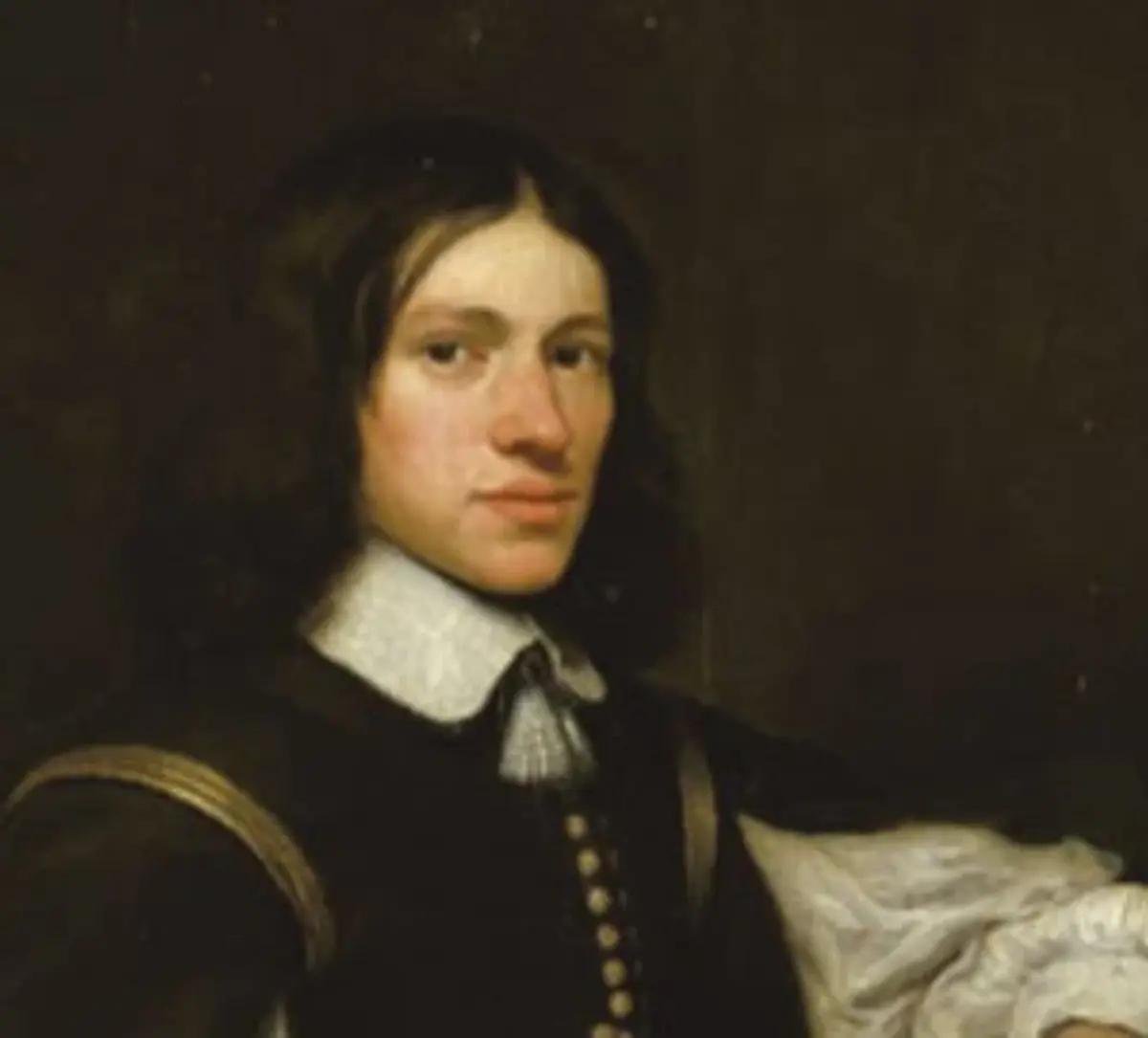
Anthonie Heinsius
Anthonie Heinsius was een uit Delft afkomstig staatsman in de tijd van stadhouder Willem III van Oranje. Begonnen als advocaat, werkte hij zich uiteindelijk op tot raadspensionaris van het gewest Holland – zij het niet helemaal vrijwillig …

Johannes Stalpaert van der Wiele
After the Eighty Years' War (1568-1648), Protestantism became the dominant religion in the Netherlands. The Iconoclasts had violently stripped all churches of images of saints. Catholics were forced to meet in hideaway churches. Poet, lawyer and priest Johannes Stalpaert van der Wiele stood up for them.
